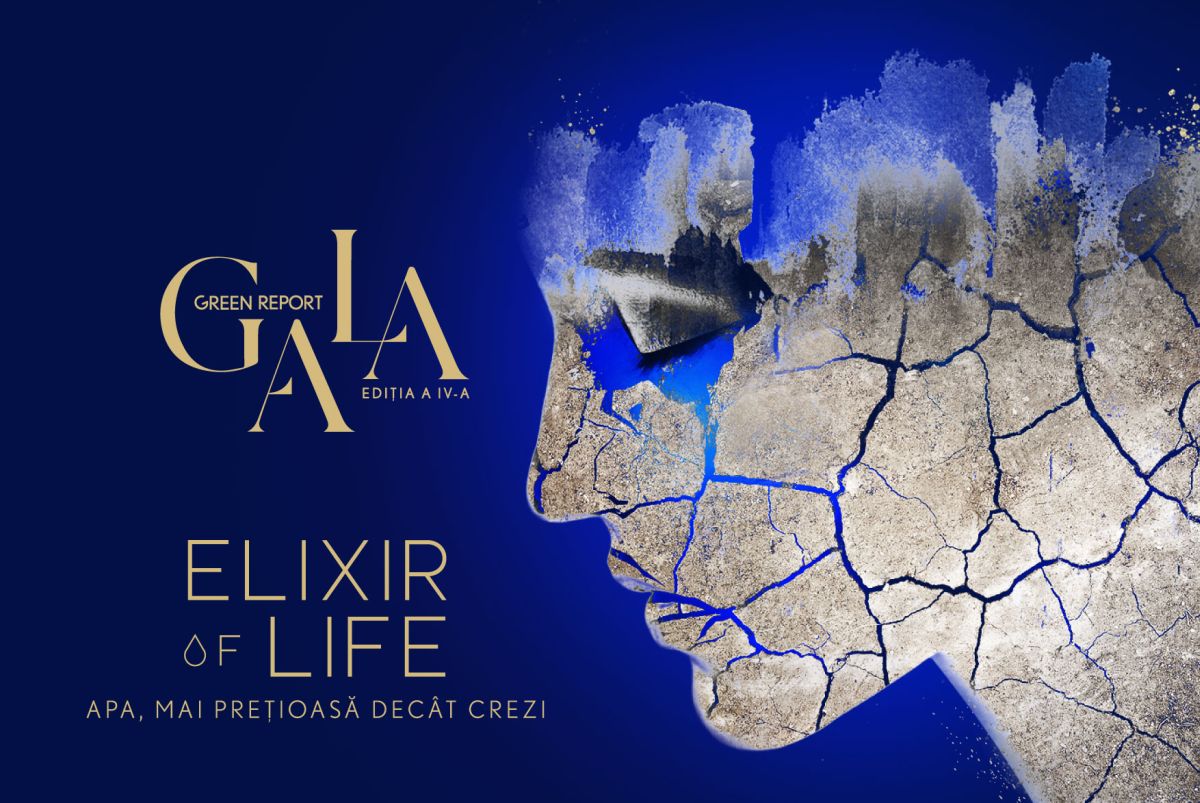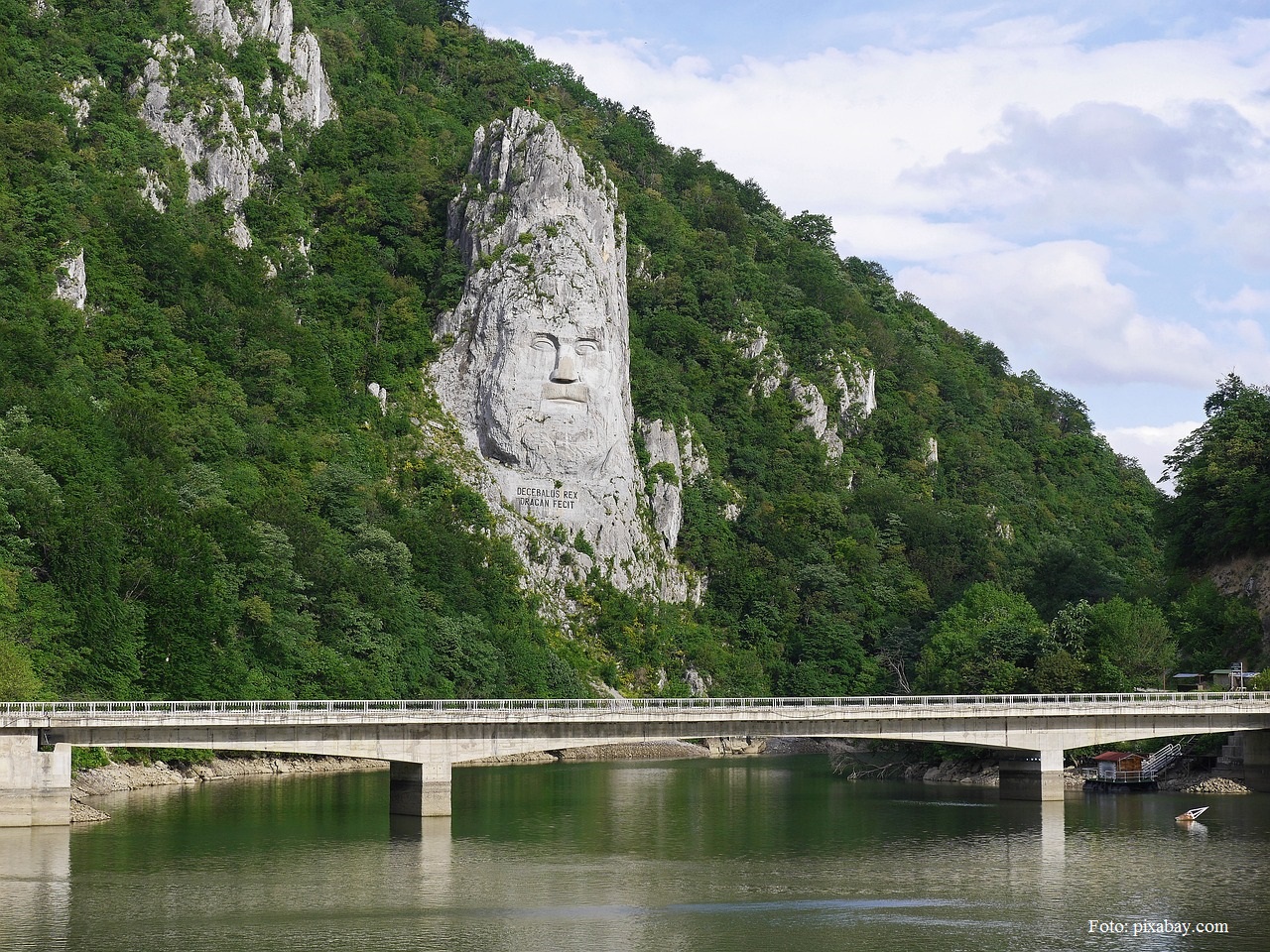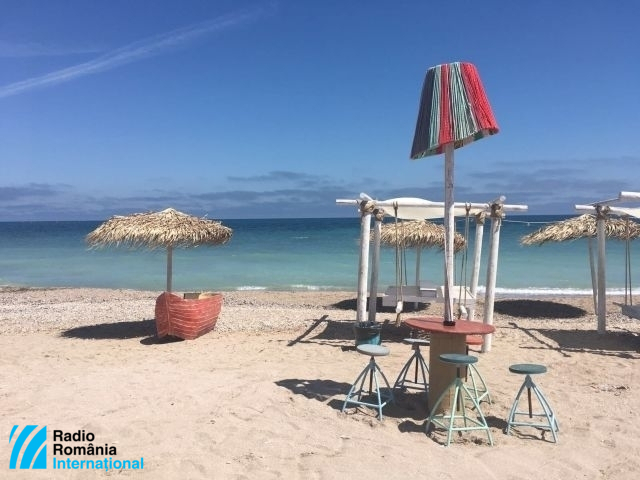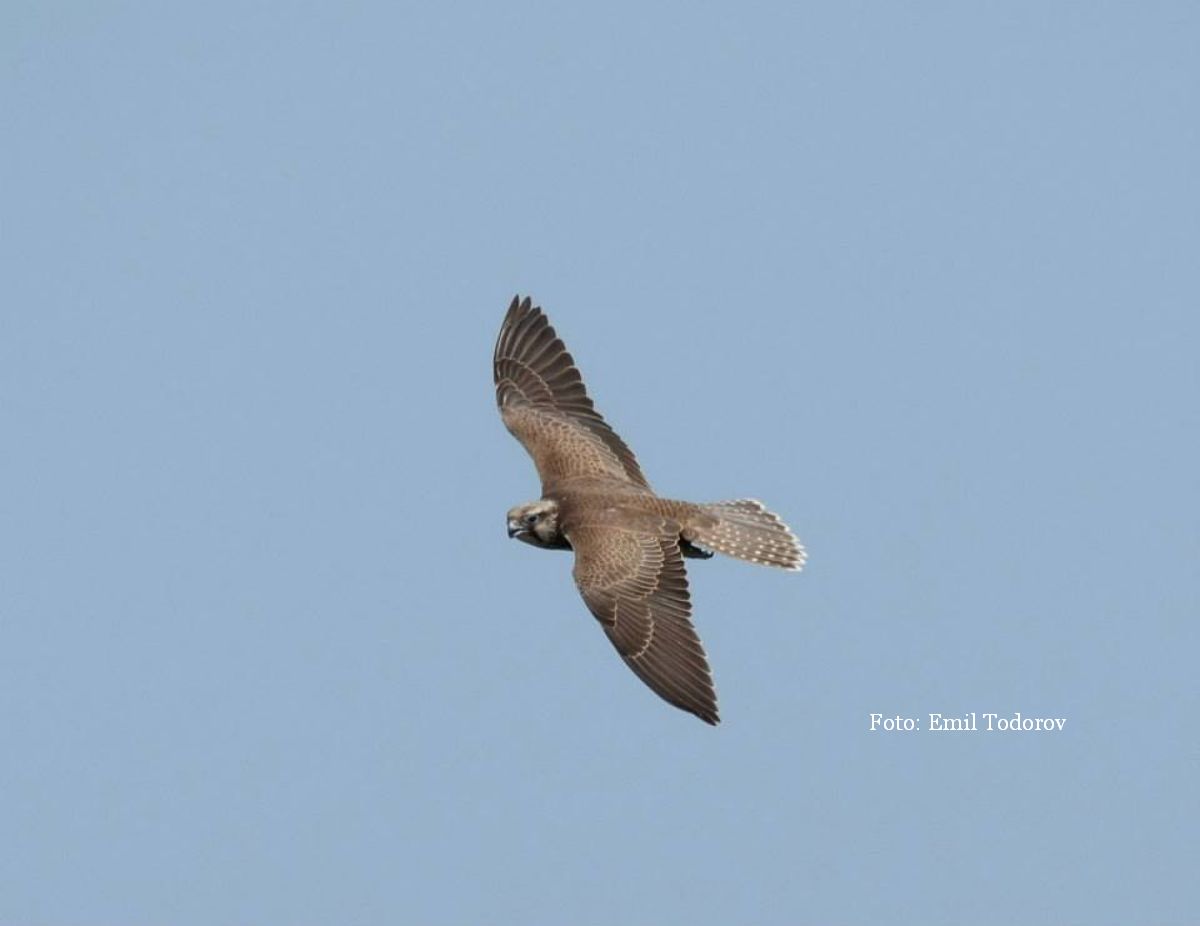The Maramures Mountains Nature Park
An outlook on the riches of the Maramures Mountains Nature Park
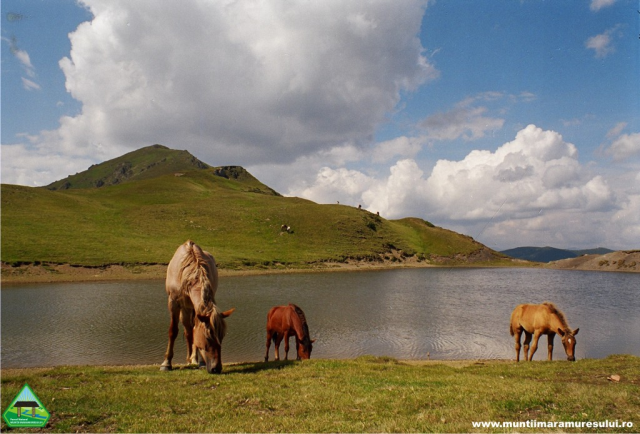
România Internațional, 27.12.2013, 12:17
Any visitor to Maramures will be impressed by the beauty of its landscape and the hospitality of its locals. The people of Maramures are unequalled masters of woodcarving and each church and household gate has its own history. The wooden churches and gates are in fact a landmark of Maramures. Maramures is also a land of rich forests, wild nature, gorgeous mountains and crystal clear waters. The Maramures Mountains area was declared a nature park in 2004 in order to protect its biodiversity.
The park spans 133,354 hectares out of which 19,000 are part of nature reserves. 11 types of habitats have been identified in the Maramures nature park as well as 24% of the species of Romania’s spontaneous flora. The park also boasts a rich fauna including both vertebrates and invertebrates. Recently, experts with the International Union for Conservation of Nature have identified 137 areas in 34 countries that should be given special attention as they are irreplaceable areas. The Maramures Mountains nature park is one of the 137 such areas, where you can find a rare rodent species: the southern vole. Catalina Bogdan, the manager of the Maramures Mountains nature park has more details:
“Southern voles are small, rodent mammals living in the mountainous regions, in wet, cliffy areas and coniferous forests. It’s a rare, endemic species living in isolated area in Europe and can be found in the Slovakian Carpathian Mountains, in Poland, Ukraine and Romania. It is estimated that on Romania’s territory there are almost 500 such rodents living in several counties in the north. Another species found in the Maramures nature park is the huchen /hu:kən/ or the Danube salmon, a large species of freshwater fish in the salmon family living in deep mountain rivers with strong currents. This species is specific to the Danube basin and was also introduced in the basins of other rivers across Europe where the huchen populations had started to dwindle. Natural populations of Danube salmons can be found in Romania in the Tisza, Viseu and Ruscova rivers. It is an extremely valuable species, but unfortunately endangered today. In the Maramures park you can also find another emblematic species: the black grouse or blackgame, a large game bird in the grouse family. The black grouse population in Romania is estimated at 60-80 pairs and their presence led to the setting up of the Cornu Nedeii-Ciungii Balasanii wild life reserve.”
In the Maramures Mountains nature park you can find many villages that have preserved centuries-old traditions.
“In Maramures there are many communities that have preserved traditional crafts. In Viseul de Jos, a village with a majority Romanian population, locals have preserved traditional households, and the elderly are still wearing the well-known folk costumes of the region. The village is inhabited by many folk artists, wood masters, weavers and ironsmiths. Here, in Viseul Ruscova, you can find the region’s main centre for processing animal skins, where craftsmen are still making leather waistcoats with multicoloured embroidery and metallic studs specific to the area.”
One of the factors that allowed the preservation of this nature park is the small number of tourist routes. The Repedea village is known for its unique meadow of daffodils that bloom in May. The reserve is located at a high altitude and therefore hard to reach by tourists. Equally unique is the edelweiss, which was declared a protected species in 1933. It is difficult to pick this flower as it grows mainly on cliffs where only the chamois can venture.
Another attraction of the Maramures Mountains nature park is the Vaser Valley which is considered one of the most beautiful such valleys in the Eastern Carpathians. The 60 km long Vaser river forms a spectacular valley resembling a canyon full of steep cliffs, thick forests, meadows and mineral water springs. In recent years, tourist infrastructure has improved significantly. 11 different tourist routes are now available and accommodation facilities are being built in the Borsa and Viseul de Sus towns. So Maramures remains an ideal destination for all those who want to spend the winter holidays in a quiet village, in front of the fireplace.
“I have frequently heard tourists say that spending holidays in Maramures is like going back in time. Here the locals have preserved the region’s customs and traditions unaltered. For example, in a village called Poienile de sub Munte, which is the largest Ukrainian village in the county, people still sing a carol devoted to the Virgin Mary containing 50 verses. The carol is sung by men who are accompanied by a violin player. In the Bistra village, people eat the Christmas Eve dinner at candlelight. They prepare 12 different courses symbolising the 12 apostles. People also throw beans in the four corners of the room, a ritual gesture meant to ensure rich crop in the year to come.”

